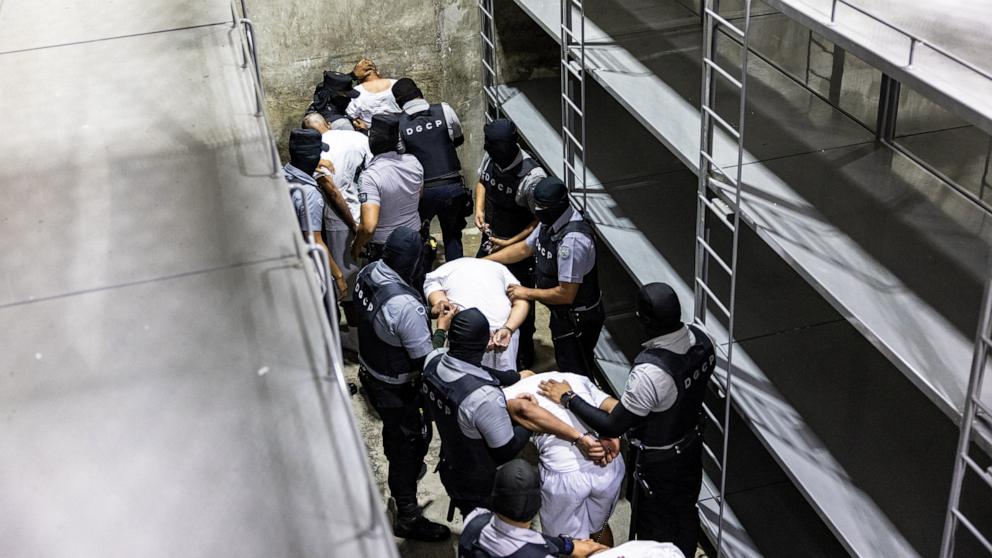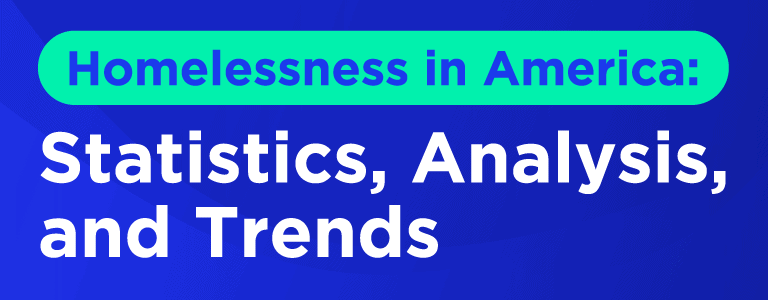Texas Judge: Trump’s Use of Alien Enemies Act Went Too Far
A federal judge in Texas just ruled that former President Trump “exceeded the scope” of the Alien Enemies Act when using it to fast-track deportations during his term.
The law — dating back to 1798 — was intended for wartime enemies, not broad immigration enforcement. Critics say Trump's administration stretched it as a legal shortcut, bypassing due process.
Supporters argue the move was necessary for national security.
Opponents call it a dangerous precedent that eroded constitutional protections.
This case may reshape how far presidents can go with old laws in modern crises.
https://abcnews.go.com/amp/US/judge-blocks-alien-enemies-act-deport-venezuelans-texas/story?id=121364022
#ImmigrationLaw #AlienEnemiesAct #TrumpRuling #ConstitutionalLimits #PresidentialPower #BETTRNews #JSA2026 #FixTheSystem
A federal judge in Texas just ruled that former President Trump “exceeded the scope” of the Alien Enemies Act when using it to fast-track deportations during his term.
The law — dating back to 1798 — was intended for wartime enemies, not broad immigration enforcement. Critics say Trump's administration stretched it as a legal shortcut, bypassing due process.
Supporters argue the move was necessary for national security.
Opponents call it a dangerous precedent that eroded constitutional protections.
This case may reshape how far presidents can go with old laws in modern crises.
https://abcnews.go.com/amp/US/judge-blocks-alien-enemies-act-deport-venezuelans-texas/story?id=121364022
#ImmigrationLaw #AlienEnemiesAct #TrumpRuling #ConstitutionalLimits #PresidentialPower #BETTRNews #JSA2026 #FixTheSystem
⚖️ Texas Judge: Trump’s Use of Alien Enemies Act Went Too Far
A federal judge in Texas just ruled that former President Trump “exceeded the scope” of the Alien Enemies Act when using it to fast-track deportations during his term.
The law — dating back to 1798 — was intended for wartime enemies, not broad immigration enforcement. Critics say Trump's administration stretched it as a legal shortcut, bypassing due process.
Supporters argue the move was necessary for national security.
Opponents call it a dangerous precedent that eroded constitutional protections.
This case may reshape how far presidents can go with old laws in modern crises.
🔗 https://abcnews.go.com/amp/US/judge-blocks-alien-enemies-act-deport-venezuelans-texas/story?id=121364022
#ImmigrationLaw #AlienEnemiesAct #TrumpRuling #ConstitutionalLimits #PresidentialPower #BETTRNews #JSA2026 #FixTheSystem
0 Reacties
0 aandelen
792 Views
0 voorbeeld






